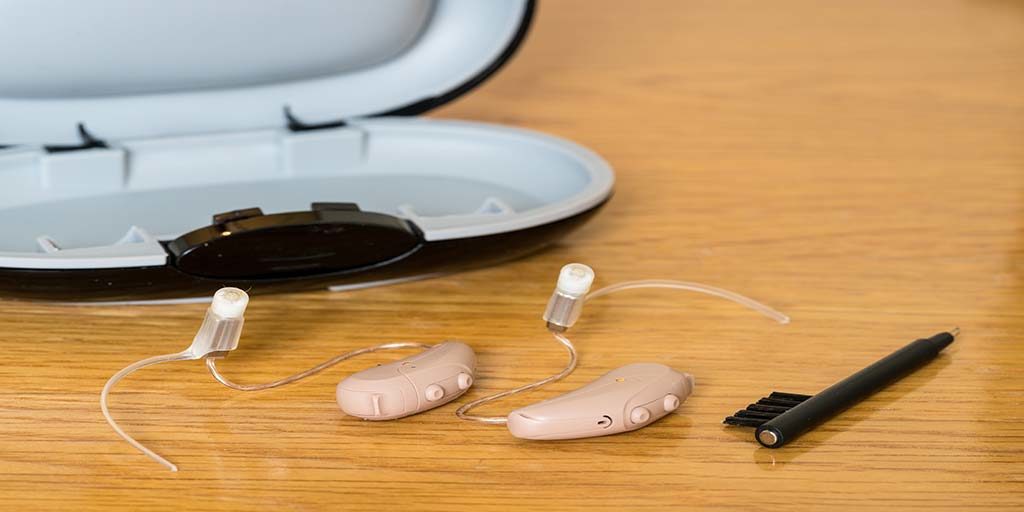How to Clean Hearing Aids
-
Never use rubbing alcohol, cleaning fluids or other solvents.
-
Use audio whips if you are prone to ear infections.
-
Do not remove ear molds too often or they may tear.
-
If you live in a humid place, store your hearing aids in a dehumidifier.
-
See a hearing care provider every 3-6 months for a professional clean.
If you regularly clean your hearing aids, they will work longer and sound better for you. Also, you need to remember even if you are cleaning your hearing aids daily, you need to have them professionally cleaned every 3-6 months by your hearing care provider.
Your hearing care provider can make sure they are still sounding good, change filters, and use suction to clean them out. If you purchased your hearing aids from them, they should clean them free.
Most hearing aids come with some cleaning tools like a tiny brush, little wire loop at the end (wax loop), or a long plastic string at the end. You might get all three. I prefer to use a toothbrush instead of the tiny brush.
Step 1:
In the morning when everything is hard and flakey, turn the hearing aid upside down and brush the back of the hearing aid. You want the hearing aid upside down so debris falls out and not in. Make sure to brush around the microphone and any buttons you might have. If you are not sure where your microphones are, most manuals will show you.
Step 2:
If you have a vent, then you should run the long plastic string down it to keep it clear of any debris. I also like to use a small tiny brush that looks like a bottle brush. Nano Clean is also an easy and effective way to clean out your vents.
Step 3:
The earmold or earbuds can be cleaned by removing and washing in soap and water. Make sure they are nice and dry before you put them back on. Try not to remove earmolds too often as they tend to tear if you do. Just wash as needed.
Step 4:
When you remove the earbuds, you can then inspect the wax guards to see if they are full. The wax guards keep debris from getting down into the receiver and shutting you down. If you are unsure on how to change the wax guard, I have a video on my web page that shows you how to change them.
DO:
If you are prone to ear infections, there are sanitary wipes (audio whips) you can use to sanitize the part that goes in your ears. For behind the ear hearing aids, there is a system called PerfectClean that uses a cleaning solution to remove earwax and microbial growth from domes and earmolds. It then uses forced hot air to remove moisture and a UV-C light disinfects your hearing aids. So, if you want to sterilize your hearing aids or are prone to ear infections, then I would recommend using PerfectClean.
If you live in a humid place or are prone to moisture you might want to store your hearing aids in a dehumidifier. The dehumidifiers help remove daily moisture and can improve sound quality.
DON’T DO:
Never use rubbing alcohol, cleaning fluids or other solvents on your hearing aids; it can damage your hearing aids. A soft cloth and brushing is all most people need. If you need something wet, then use audio whips that they are meant for hearing aids. There are also some hearing aid sprays you can use if you prefer.
Remember you still need to get your hearing aids cleaned every 3-6 months by a hearing care provider.

